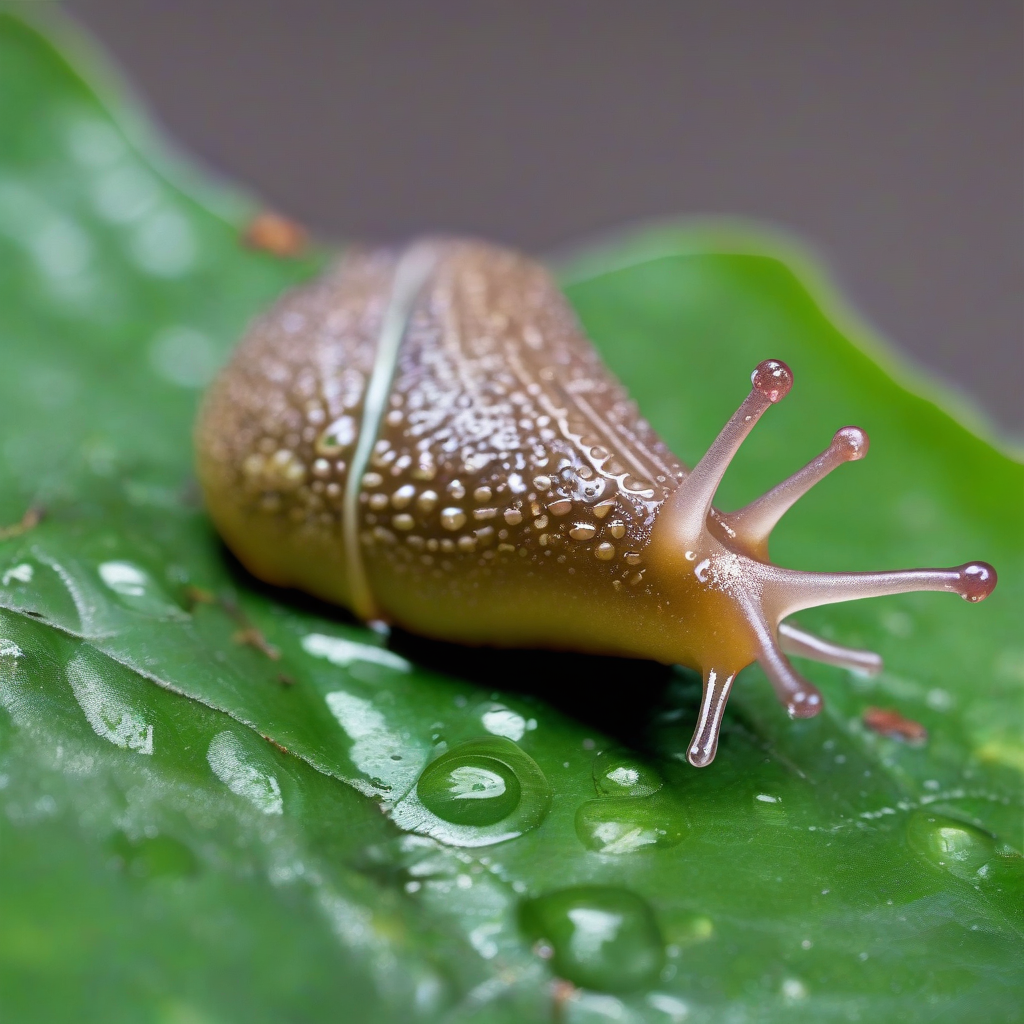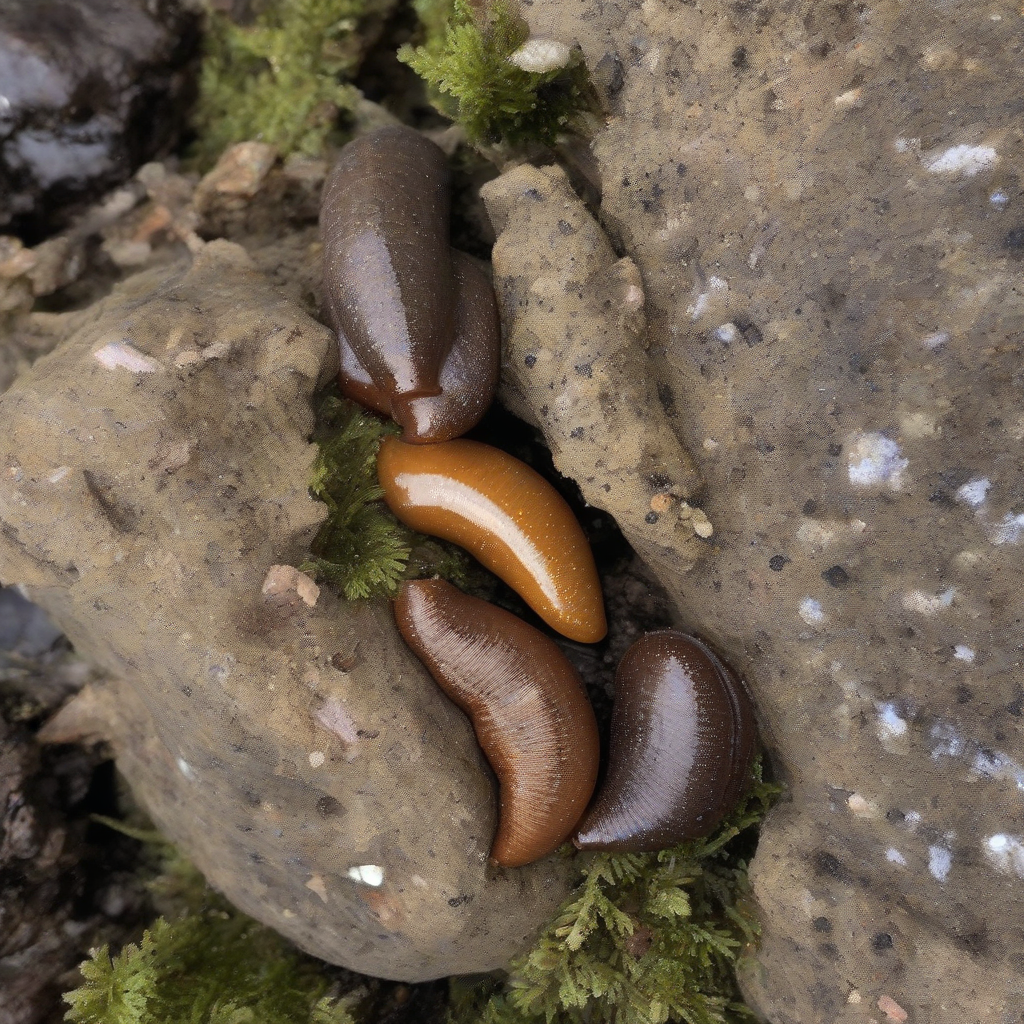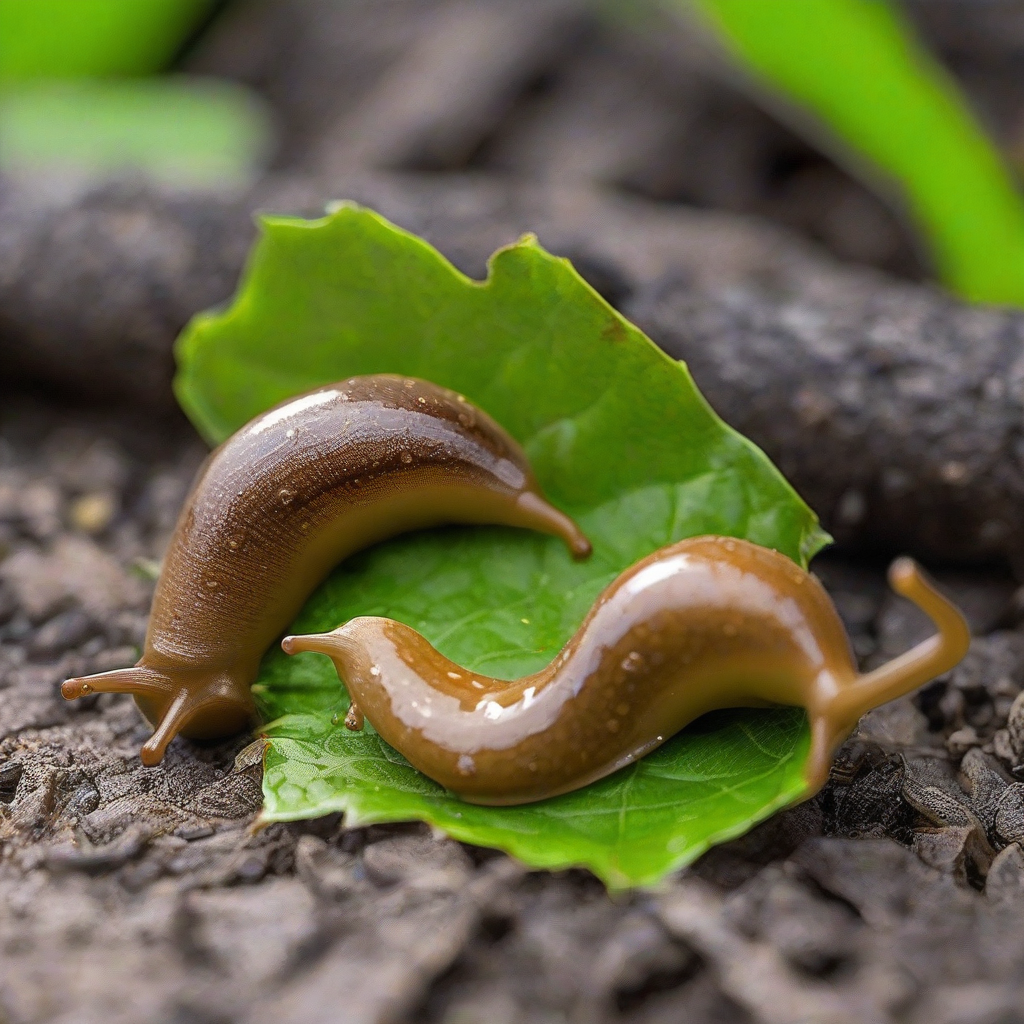Favorite Slug Hangout Spots: A Comprehensive Guide
Slugs. Those slimy, slow-moving creatures often evoke a shudder or a swift stomp from many gardeners. But before you reach for the salt, let's take a moment to appreciate these fascinating mollusks and explore their preferred habitats. Understanding where slugs like to hang out can be key to effective garden management and appreciating the biodiversity around us. This guide delves into the top slug hangout spots, providing insights into their behavior and preferred environments.

The Allure of Moisture: Damp and Shady Spots
Slugs are essentially terrestrial snails, and like their shelled cousins, they are highly sensitive to desiccation. Loss of moisture is their biggest threat. Therefore, their favorite hangout spots are consistently damp and shady. Think of the areas in your garden that stay moist even after a period of dry weather. These microclimates are crucial to slug survival.
Underneath Rocks and Logs: The spaces beneath rocks, logs, and other garden debris provide excellent shelter from the sun and wind, maintaining a humid environment. The air is still and the surface remains consistently damp, providing an ideal refuge during the day. These are often prime hunting grounds for slugs in the evening.
Mulch Beds: While mulch is beneficial for the garden overall, it also creates a haven for slugs. The layer of organic matter retains moisture exceptionally well and offers cover. The darker, cooler conditions underneath a mulch layer are ideal. Be mindful of the thickness of your mulch – thicker layers offer superior slug protection.
Dense Foliage: Densely planted areas with overhanging foliage create a cool, damp environment. The leaves protect the ground from direct sunlight, reducing evaporation. Lush plant growth often provides both food and shelter for slugs, making it a very attractive habitat.
Leaf Litter: A thick layer of fallen leaves is a slug paradise. The decomposing leaves create a moist microhabitat, rich in nutrients and providing excellent cover. This is a common place for slugs to congregate and reproduce.

The Importance of Food Sources: Gardens and Beyond
While shelter is crucial, the availability of food dictates slug distribution. Their diet primarily consists of decaying organic matter and living plants. This leads them to particular areas in and around your garden.
Vegetable Patches: Your vegetable garden is a slug buffet. Tender young leaves, succulent stems, and juicy fruits are all irresistible. Pay close attention to your most vulnerable plants, like lettuce, cabbage, and strawberries.
Flower Beds: Slugs aren't exclusively interested in vegetables. Many flowers provide a delectable source of food. Hostas, petunias, and delphiniums are particularly susceptible to slug damage.
Compost Heaps: Compost heaps are a magnet for slugs. The decaying organic matter provides both food and moisture, making them ideal breeding grounds. It's worth regularly inspecting your compost to monitor slug populations.
Lawns (especially damp ones): Though not as nutritious as vegetables, damp lawns can provide slugs with enough food and moisture to survive. Areas with patchy grass and heavy shade are most prone to slug infestations.

Understanding Slug Behavior: Nocturnal Habits
Slugs are predominantly nocturnal creatures, emerging from their hiding places at dusk and dawn to forage for food. This is when they are most active and vulnerable. During the day, they retreat to cool, damp spots to avoid drying out. This nocturnal behavior influences where you'll find them.
Evening Surveys: If you want to observe slugs in their natural habitat, focus your search during the evening hours. Use a flashlight to illuminate damp areas and look closely under rocks, logs, and leaves.
Trail Following: Slugs leave a silvery trail of slime as they move. Following these trails can lead you to their hiding places and potentially reveal areas with high slug populations.
Seasonal Variations: Slug activity varies with the seasons. They are most active during warm, humid periods, particularly in spring and autumn. Their activity reduces during hot, dry summers and cold winters.
Minimizing Slug Presence in Your Garden
While slugs are a part of a healthy ecosystem, they can become a nuisance in the garden. Understanding their preferred habitats allows for targeted management.
Removing Debris: Clearing away excess leaf litter, rocks, and debris reduces available shelter.
Improving Drainage: Ensuring good drainage reduces the moisture levels in the soil.
Strategic Planting: Placing vulnerable plants in areas with less shade and better air circulation can deter slugs.
Natural Predators: Encouraging natural predators like hedgehogs, toads, and birds can help to control slug populations.
Barriers: Creating physical barriers like copper tape or diatomaceous earth around vulnerable plants can deter slugs from accessing them.

The Importance of Biodiversity
Though often considered pests, slugs play a vital role in the ecosystem. They are decomposers, breaking down organic matter and contributing to nutrient cycling. While managing their populations in your garden is important, it's crucial to appreciate their ecological role. A balanced garden acknowledges both the beauty and the challenges of biodiversity. Effective management strategies focus on reducing their impact while preserving their place within the ecosystem. Understanding their habits and preferred habitats is the first step towards coexisting peacefully with these fascinating creatures.